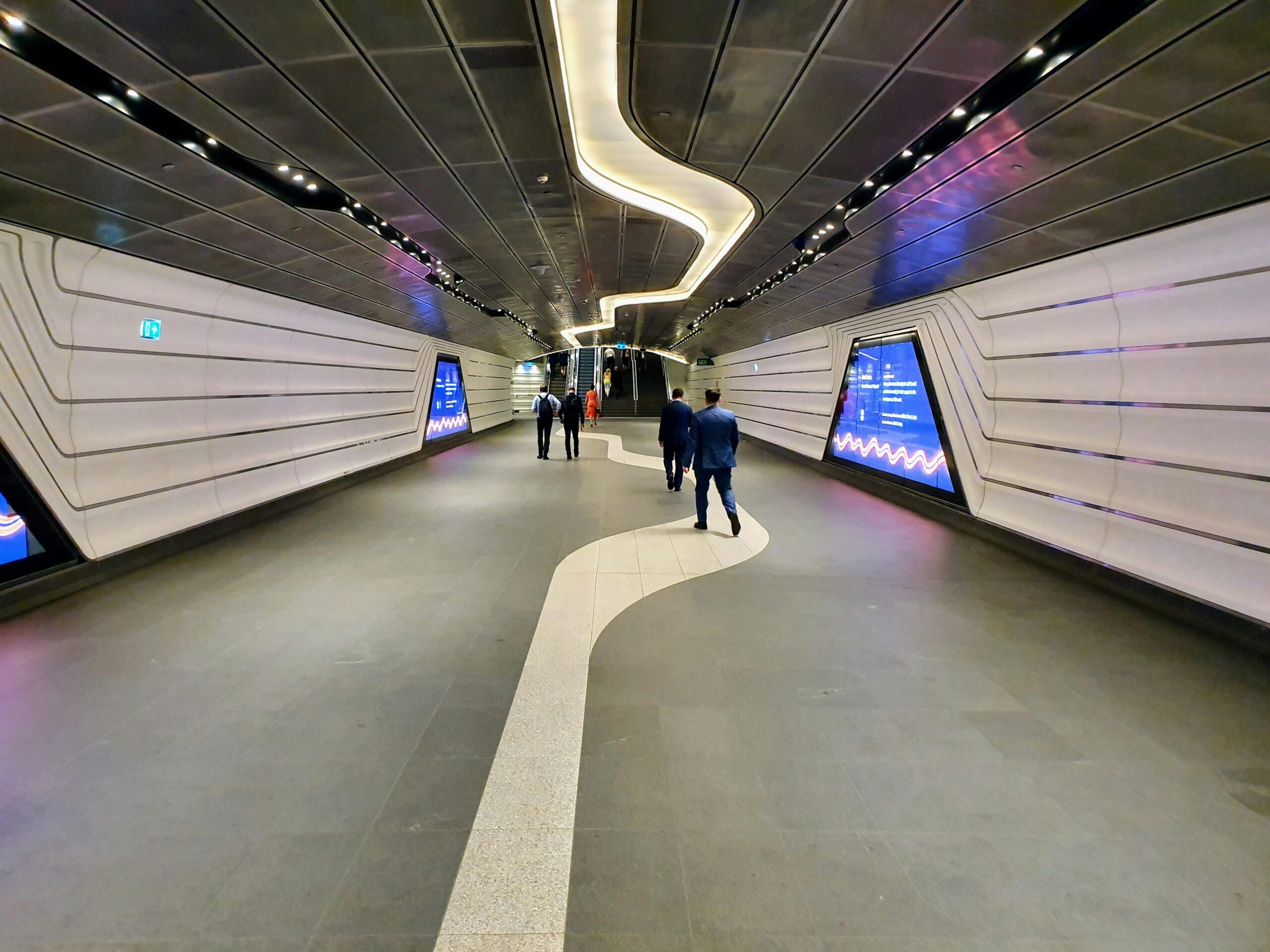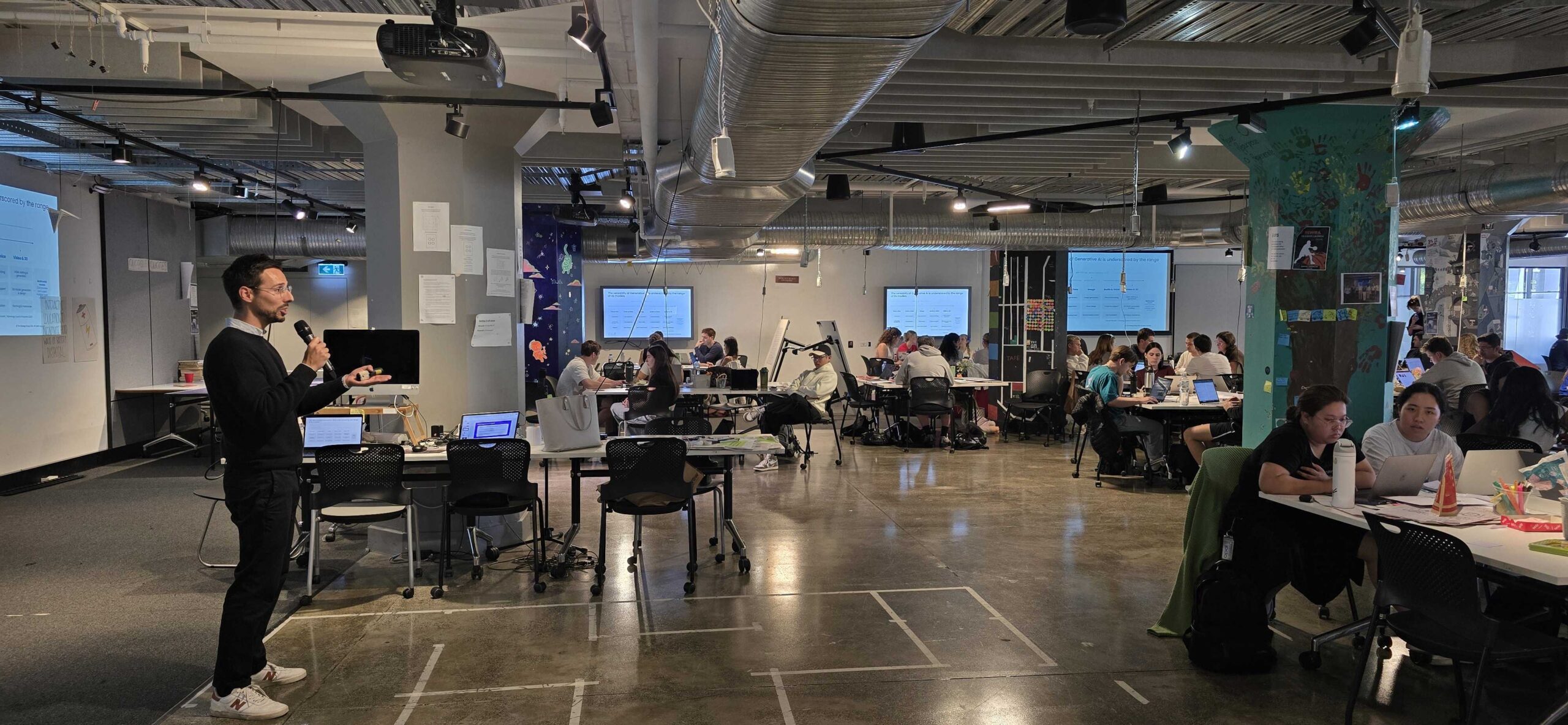Four Key Takeaways To Stay Ahead Of The Game
Design Thinking is central to many conversations at C-suite tables, corporate hallways and government chambers. Applications of Design Thinking are growing and developing as its popularity increases. It is valuable to know what’s happening in different countries in order to identify new ways to use the methodology and continuously improve on it.
I recently attended the Design Thinking conference in Austin and would like to share some of my highlights. The annual three-day conference of 200+ attendees comprised of industry leaders and design practitioners alike. As almost all attendees came from different parts of the US many were surprised that I was the only overseas attendee and had come all the way from Down Under! Much of the thought leadership and practice of Design comes from the United States. As such, it was a privilege to rub shoulders with Design heavyweights such as John Kolko and IDEO-U; and share ‘war stories’ with the likes of LUMA Institute, Continuum, Smashing Ideas and Smart Design. Large corporates also presented on the stage, with senior executives coming from 3M, Nike, FedEx, Pearsons and AMEX Global Business Travel, to name a few.
What’s the status of Design in the US compared to Australia?
One noticeable difference was that the conversation in the US has moved past “unpacking the value of Design”. There was a quiet knowingness that Design delivers outcomes. This is backed by IBM research proving that design increases efficiency by 78%, speeds up market introduction by 2x and delivers 391% return on investment. This meant that the focus of the conversations throughout the conference centred on how best to make Design Thinking a day-to-day norm in order to capture and unlock new value for the organisation.
Key takeaways
-
Companies are scaling Design Thinking at an enterprise level and not just at a functional or business unit level.
Executives and Directors in America are focusing their efforts on making Design Thinking a core capability at an enterprise level and using it to transform the entire organisation from a strategic point of view. This is reflective of organisations such as FedEx, Genpact, 3M, Pearsons, Fifth Third Bank, UnitedHealth Group, and USAA.
There are several reasons why organisations are turning to Design:
As we transition to an ‘experience economy’, organisations see Design Thinking as the lever to drive increased customer satisfaction. In response to changing customer needs, Genpact has made a tremendous transformation to shift its obsession for ‘consistency to drive efficiency’ to now fully embrace ‘variability to drive experimentation’. Design Thinking is now part of day-to-day and not a nice-to-have add-on.
Large corporates need to find ways to stop being the cause of their own disruption and combat asset-light start-ups. In the case of FedEx, they have transformed legacy organisational processes and operations to be more agile, relevant and current to their customers. They did this by combining Design principles with methodologies born from startups – a combination that we use at The Strategy Group with a number of our clients. This approach has allowed them to launch a new offering to help them rival start-ups and cement their market positioning.
Design is a way to connect data and new tech such as Artificial Intelligence (AI) with users in a meaningful and relevant way. Designers from a number of Design Studios shared how they take new technology such as Artificial Intelligence and Virtual Reality to increase user engagement. This use of data created personalised experiences that added new and surprising value to the customer that they never would have thought of otherwise – very thought provoking!
-
Organisations in the US have placed a greater emphasis on creativity in driving outcomes that push conventional boundaries.
Attendees and design practitioners were serious about creating environments that encouraged creativity. What was refreshing was that the senior people were themselves able to come up with creative solutions. There was a noticeable openness in their ability to develop unconventional ideas and tolerance to push boundaries, which may be due to their appetite to take risk, try new things and be at the leading edge (and not to mention a playful disposition, which is important for creativity!). This emphasis on creativity framed the exploration of ‘creative leadership’ as a topic at the conference – as leaders, what are the better ways to not only lead a group of creatives but also encourage creativity from a team. As a former practitioner and specialist in leadership development, this was an area of particular interest which warrants more exploration.
-
Investing in a design space to reflect new ways of working and collaborating.
The biggest eye opener for me at the conference was visiting the IBM Design Studio in Austin. The whole facility has been fitted out with the sole intention to optimise collaboration and encourage conversations that lead to a collision of ideas (they even have writeable walls in the emergency stairwells!). Not only is there a design space, but IBM has invested significantly to build design as a core capability. Starting from 1,600 designers, IBM now has 120,000 Design Thinkers and counting.
-
The Design sector in the US is much larger scale than Australia and is more ‘mature’ as an industry.
The talent pool for Designers is larger in the US than it is in Australia. I met many more design practitioners in a single contact – Service Designers, Industrial Designers, Experience Designers, UX Designers, Graphic Designers, etc. This meant that organisations have access to a larger talent pool where they can actively bring fresh thinking from the design discipline into corporates and governments to drive strategy and transformation that pushes the boundaries of convention to drive innovation. Eric Quint, Chief Design Officer from 3M shared his experience about creating a Design Function within an organisation. He spoke about a number of initiatives such as building design as an internal capability, championing the creative direction of the company and designing the company’s brand experience. Eric even put forward a challenge to see which country may be the first to have a Chief Design Officer. The above are some of the many highlights from attending the Design Thinking conference. I am happy to share more with anyone who is interested, all for the mere cost of a cup of tea! Simply drop me an email joshua@thestrategygroup.com.au and I am more than happy to meet for a chat.
By Joshua Soo, Director – Innovation and Design Strategy, The Strategy Group
Have any questions about what you just read?











